What's in insulation and why does it matter? Experts explain the different types of insulation and their pros and cons
Insulation comes in lots of forms and materials, so make sure you understand the difference

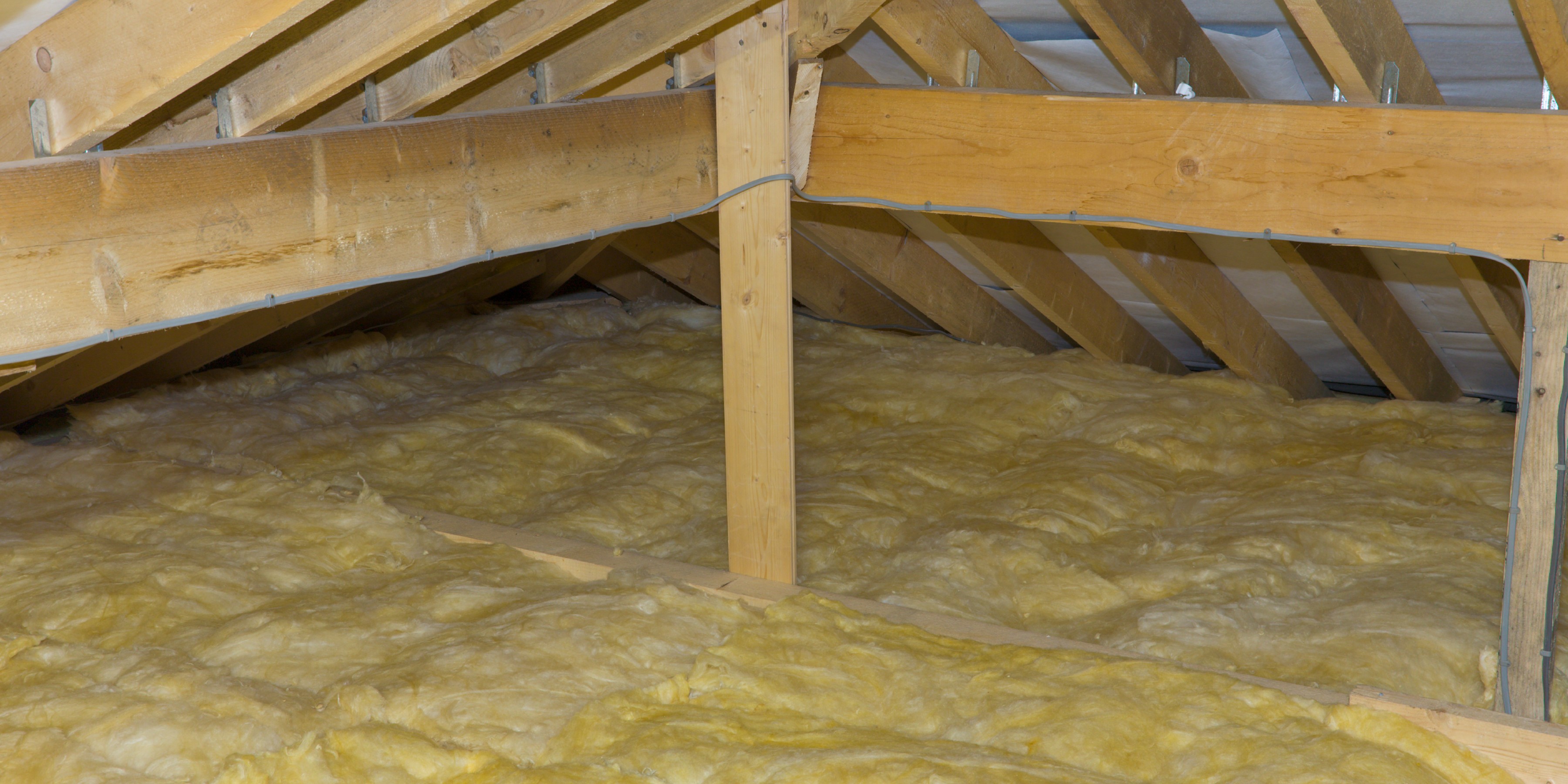
EDITOR’S NOTE: We are aware that this article includes a quote from a purported expert whose credentials we have not been able to verify. The quote is in a queue to be removed as soon as possible. We regret this lapse in our verification process and have updated our internal protocols to reduce the risk of recurrence.
As winter rolls around, we all notice the effects of our home's insulation. If it's done right, we'll be warm and comfortable throughout the colder months, but if not, we'll be feeling the chill and probably spotting signs of damp.
If you're starting to think that your insulation needs replacing, it's worthwhile swatting up on what's in insulation and how that affects it's performance and best application to ensure you make the right choice.
When it comes to how to insulate a home to keep it warm in winter, there's no one-size-fits-all option. In fact, our homes likely have multiple types of insulation, made from different materials, in a variety of spots to ensure they are as insulated as they can be.
What's in insulation?
When it comes to what's in insulation and what it's made of, the answer will depend on the type of insulation. Its make up, in turn, will impact where its best used. And so it's important to understand the differences between the material options, as well as their pros and cons.
Blanket insulation
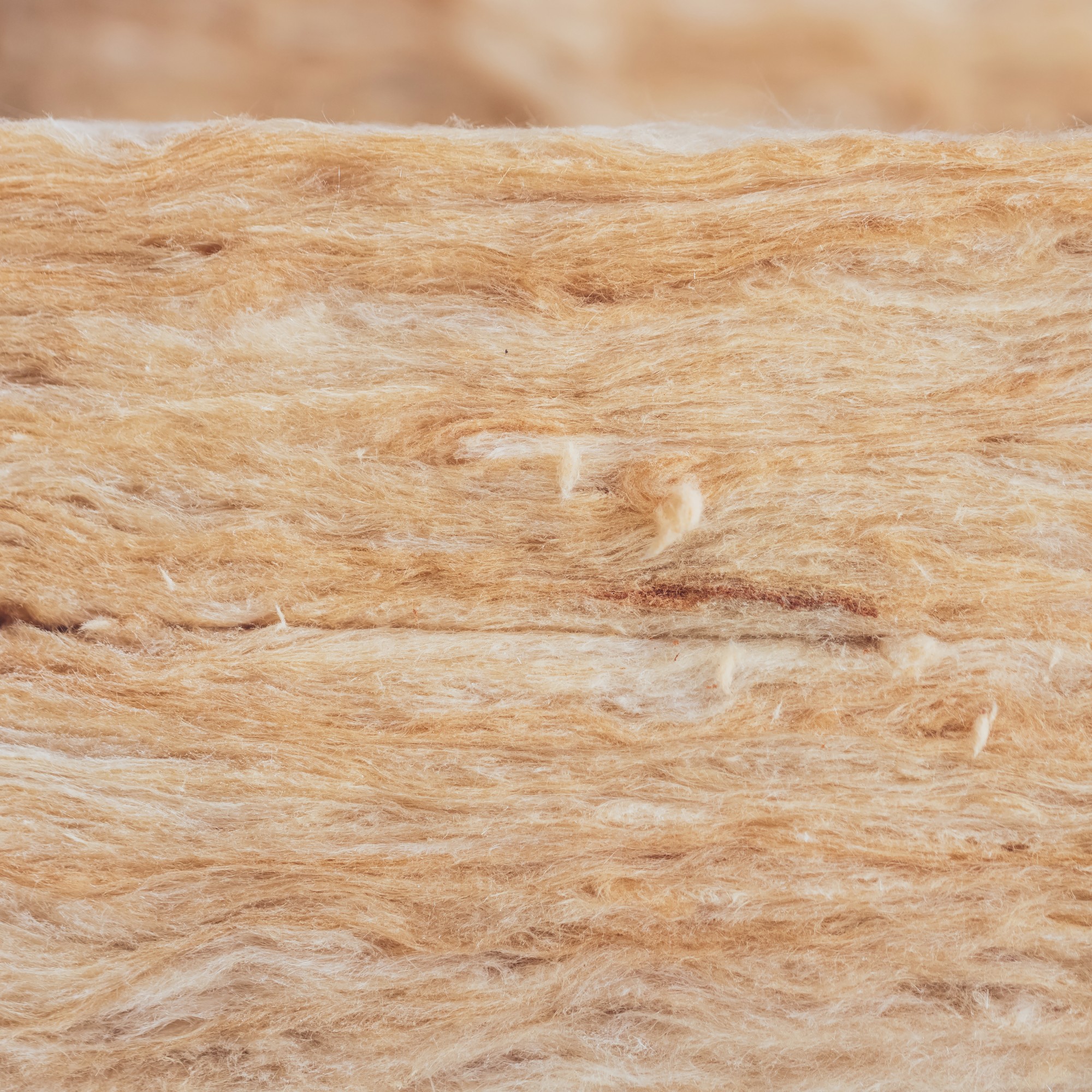
Blanket insulation is a flexible material and is also known as batt or roll insulation. 'This is made from flexible fibres such as fibreglass, mineral wool or foil-backed felt,' explains Checkatrade cost guide expert, Alex Peters. 'It is cost effective and easy to install, but it can irritate your skin and lungs during the insulation process.'
'This type of insulation can be packed between joists or studs or placed under floors,' adds property and construction expert Thomas Goodman at MyJobQuote.co.uk. 'Roll insulation is popular for lofts and irregular shaped areas.'
Make sure you know how much loft insulation you need in order for it to be most effective. Too little, and heat will still escape, too much and you could trap moist air, which can lead to damp and mould.
Sign up to our newsletter for style inspiration, real homes, project and garden advice and shopping know-how
Sheet or board insulation
'These boards are perfect for large areas such as ceilings, roof spaces, floors and walls,' explains Thomas. 'This is a rigid foam material with excellent thermal insulation properties which can be cut to size as needed.'
These are usually made from synthetic materials like polyisocyanurate (PIR), phenolic foam or polystyrene, but can also be made using wood fibre or mineral wool.
Similar to board insulation is insulated plasterboard, which combines both the insulation and a layer of plasterboard in a single product which can simplify the installation process. The thickness of insulated plasterboard is also likely to be less than laying separate plasterboard over board insulation. This makes it a suitable choice in loft conversions (or basement conversions for that matter) where you want to maximise how much head height you can achieve.
Loose fill insulation
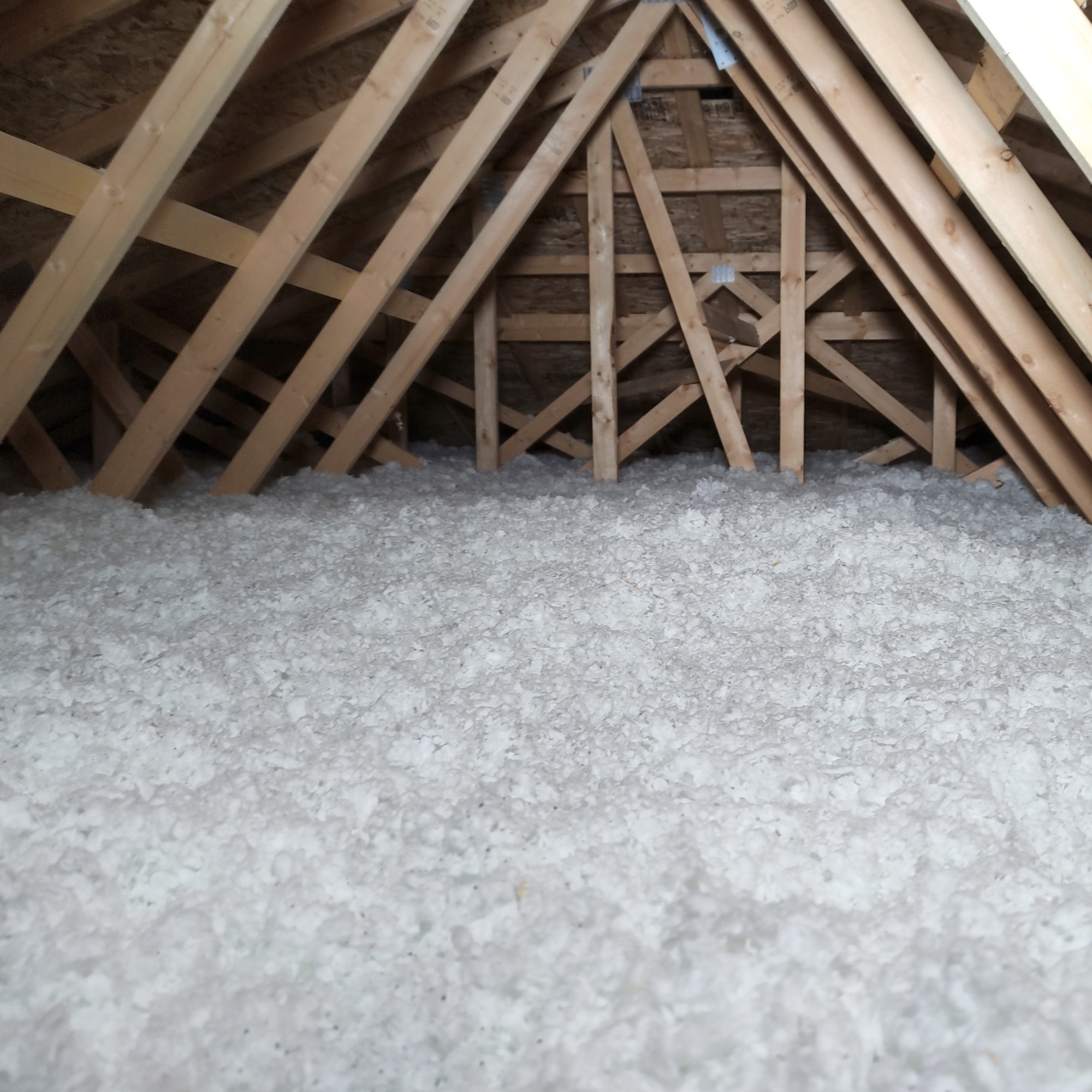
You might hear loose fill insulation referred to as blown insulation, but they are essentially the same thing. Loose fill refers to the insulation itself, while blown refers to how it is installed.
'This type of insulation is a great eco-friendly option, made of cork granules, mineral wool and even recycled paper,' says Alex. 'It is lightweight, easy to install and can be used on top of existing insulation. It’s also flexible and can be great for hard-to-reach spaces. However, this also means it is not always as secure as other options and it can be tricky to install.'
You might also come across perlite and vermiculite insulation when researching loose fill insulation. 'Made from volcanic glass and hydrated minerals respectively, these materials are eco-friendly, lightweight and non-combustible,' explains Thomas. 'Both products can be used beneath floors or in loft spaces but the areas must be dry and watertight.'
Spray foam insulation
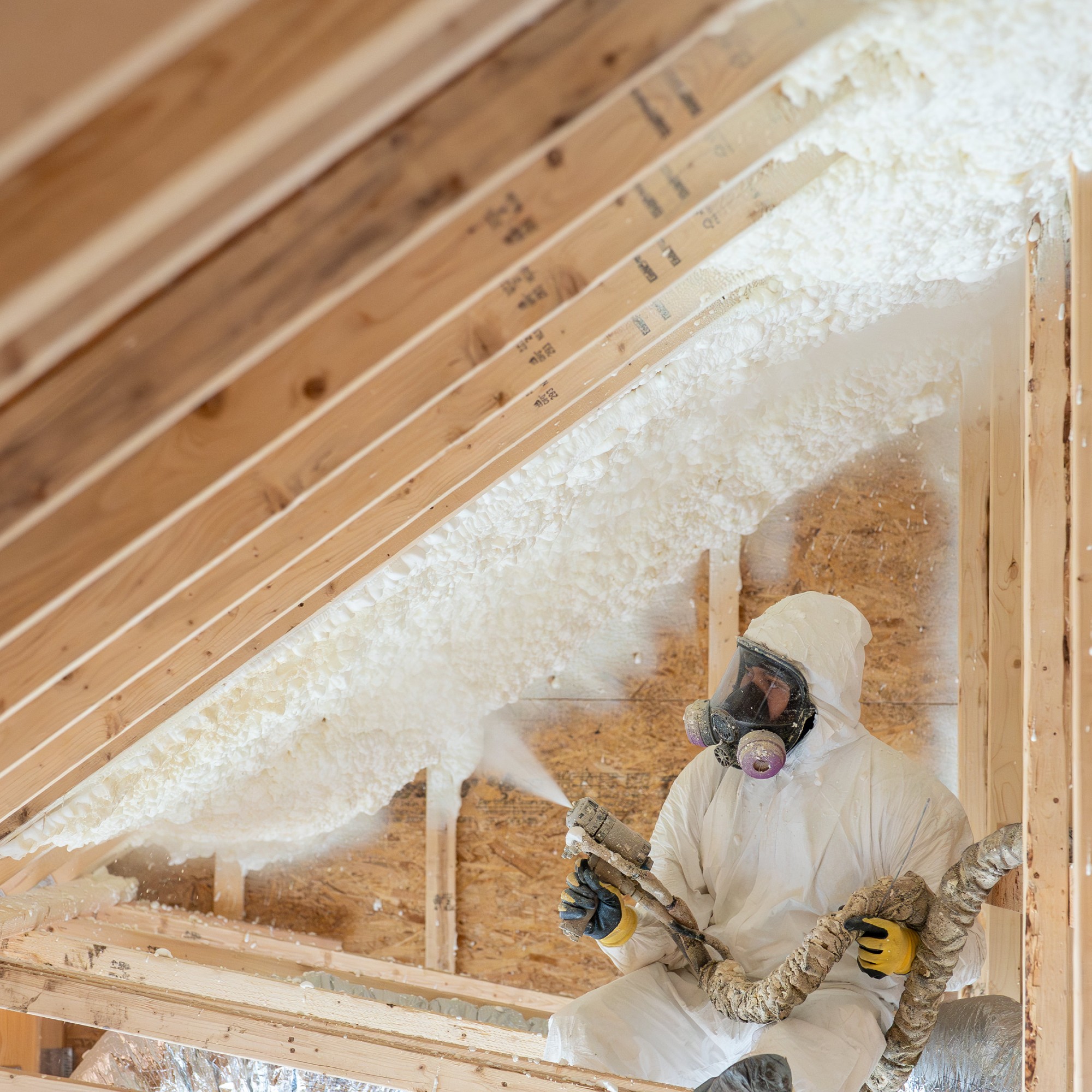
'This is made by polyurethane foam being sprayed directly into loft spaces,' explains Alex. 'It is great for creating air-tight seals, it can help with structural integrity and is great for irregular shaped rooms.'
While it has it's advantages, spray foam insulation can have some serious cons if not installed correctly. 'On the downside, it is expensive and requires proper insulation or it can lead to ventilation issues,' concludes Alex.
Multi foil insulation
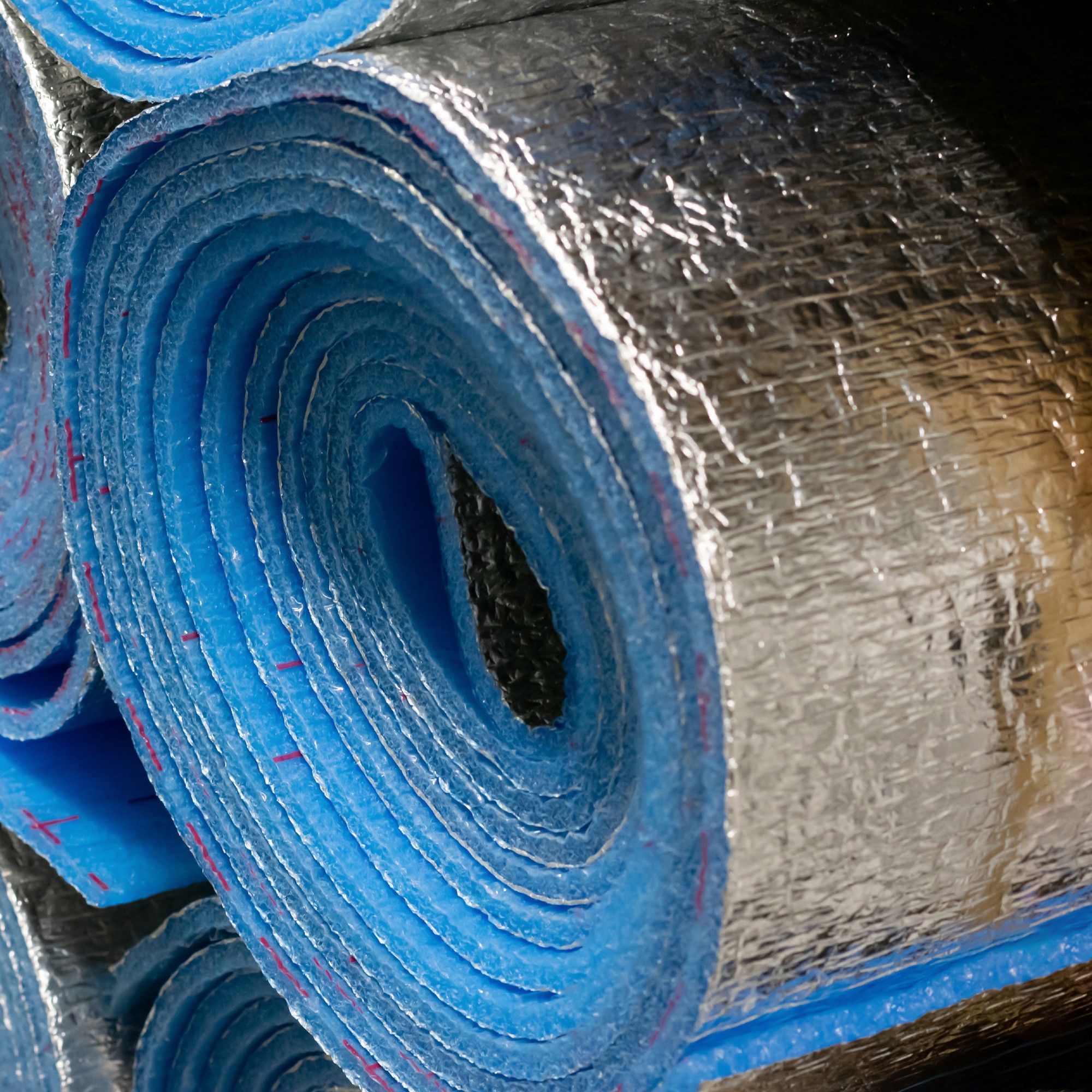
Multifoil insulation is another type of insulation you might come across. It's made of multiple layers of reflective material foam and wadding and is designed to reflect heating back into a property rather than escaping through the building envelope.
'When you need extra insulation or for places where space saving is needed, multifoil insulation is a good choice' says Thomas. 'It’s energy efficient with a built-in vapour barrier and doesn’t take up much space - ideal for a variety of uses.'
What type of insulation is best?
The best type of insulation will depend on where you want to install it and what levels of insulation you are looking to achieve. Thomas says 'The best insulation will depend on its destination, i.e., the roof, walls or floor. The type of property that you’re insulating and its method of construction also matter as solid walls require different insulating treatment to cavity walls.'
When it comes to specific types, Eric Hargreaves, owner of Your Choice Builders, says: 'Fibreglass batts and mineral wool rolls are the classics, affordable, reliable, and great for lofts or cavity walls. Mineral wool is particularly good for fire resistance and soundproofing. Cellulose loose-fill works well when you’re topping up existing insulation, especially in older lofts where space is irregular.
'Rigid foam boards suit walls and floors where every inch matters, giving high thermal performance without adding bulk. Spray foam can seal tricky gaps, but it’s harder to remove later, so it needs professional application.'
FAQs
How do I know what insulation I need?
The best way to know what insulation you need is to engage the help of a reputable professional. They'll be able to assess the effectiveness of your existing insulation, and advise if it needs adding to or replacing.
They will also be able to confirm the type of insulation you have already, and be clued up when it comes to other materials that may be a better fit to suit your home, insulation needs or budget.
If you want to improve your home's insulation, make sure you know the areas you should never insulate if you want to keep your home as comfortable and damp-free as possible.

Sarah Handley is Ideal Home’s Renovation Editor. She joined the team full time in September 2024, following three years of looking after the site's home finance content. As well as all things renovation, Sarah also looks after our Home Energy content, which covers all aspects of heating and insulation as well as tips on how homeowners can reduce their energy usage. She has been a journalist since 2007 and has worked for a range of titles including Homebuilding & Renovating, Real Homes, GoodtoKnow, The Money Edit and more.